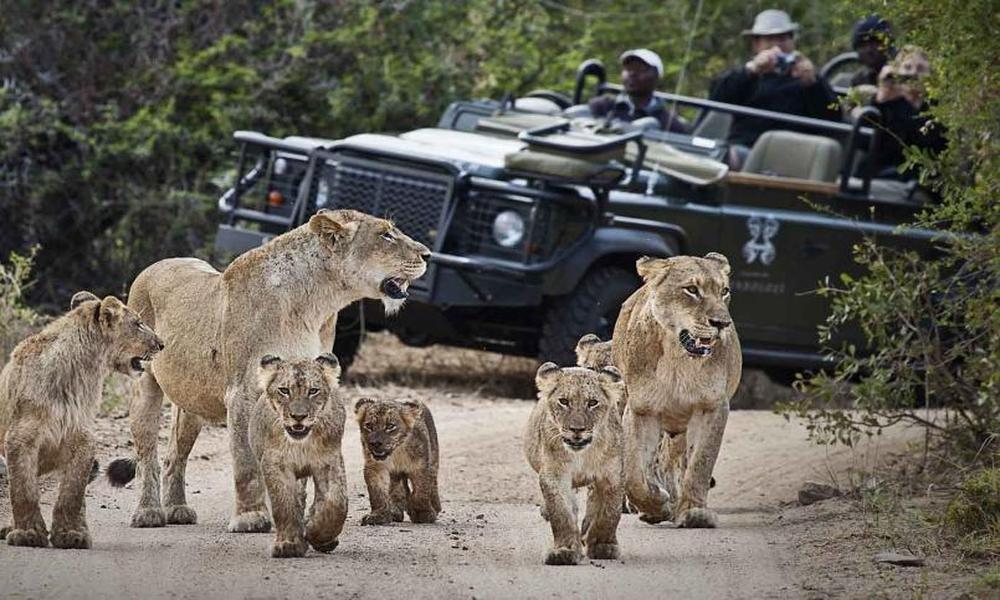The Sabi Sand Game Reserve is one of the most famous wildlife reserves in South Africa, renowned for its rich biodiversity and stunning landscapes. The reserve is home to a diverse range of wildlife, including the majestic and powerful lions. These big cats are not only iconic symbols of African wilderness but also play crucial roles in the ecosystem.
In this blogger outreach, we will explore the untold stories and the importance of documenting their lives and behaviours through photography and other media.
Understanding the Lives of The Lions of The Sabi Sand
The Sabi Sand is a unique population of lions that have adapted to the reserve’s specific environment and challenges. Unlike many other lion populations, they are mostly free-roaming and have access to a vast area, providing them with ample space to hunt and establish territories.
However, their freedom comes with its own set of challenges. These lions must learn to coexist with human settlements and manage conflicts with other predators and prey species. Additionally, the Sabi Sand lions face threats such as poaching and habitat loss, making it crucial to monitor and document their behaviours and movements.
Documenting the Lives of The Lions of The Sabi Sand
Photography and other media have been invaluable tools for documenting and understanding the lives of the Sabi Sand. Through these mediums, researchers, conservationists, and visitors have been able to observe and learn about the lions’ behaviour patterns, social structures, and hunting techniques.
Photography, in particular, has played a significant role in capturing the untamed beauty and raw power of the lions. Photographers have spent countless hours tracking and observing the lions, waiting for the perfect moment to capture a fleeting expression or movement. These photographs not only serve as stunning visual representations of the lions but also contribute to scientific research and conservation efforts.
Conservation Efforts for The Lions of The Sabi Sand
The Lion Sabi Sand faces significant threats, including habitat loss, poaching, and conflicts with humans. Conservation efforts are necessary to ensure the long-term survival of these majestic big cats and their ecosystem.
One of the most important conservation efforts is monitoring and documenting the lions’ behaviours and movements. Through this monitoring, researchers can identify potential conflicts and take appropriate measures to prevent them. Additionally, conservationists can use the information gathered through monitoring to create effective conservation plans and policies.
Another crucial conservation effort is community engagement and education. Educating local communities about the importance of conserving wildlife and promoting sustainable tourism can help reduce conflicts between humans and lions. Furthermore, supporting local communities through sustainable ecotourism initiatives can provide economic incentives to protect the lions and their habitat.
Overall, the conservation efforts for Sabi Sand require a multi-faceted approach that involves research, education, and community involvement.
Conclusion:
The Lions of The Sabi Sand are not only a symbol of the African wilderness but also plays a crucial role in the ecosystem. Documenting their lives and behaviours through photography and other media is essential for understanding and conserving them.
Through careful monitoring and conservation efforts, we can ensure that these majestic animals continue to roam free and thrive in their natural habitat. By engaging with local communities, educating tourists, and promoting sustainable tourism, we can create a future where the Lions Sabi Sand and other wildlife populations can coexist peacefully with humans.
As passionate bloggers, we have the responsibility to share the untold stories of the Lions Sabi Sand with our readers. By raising awareness and promoting conservation efforts, we can contribute to preserving this magnificent species for generations to come.
Related posts
Categories
Recent Posts
Advertisement


